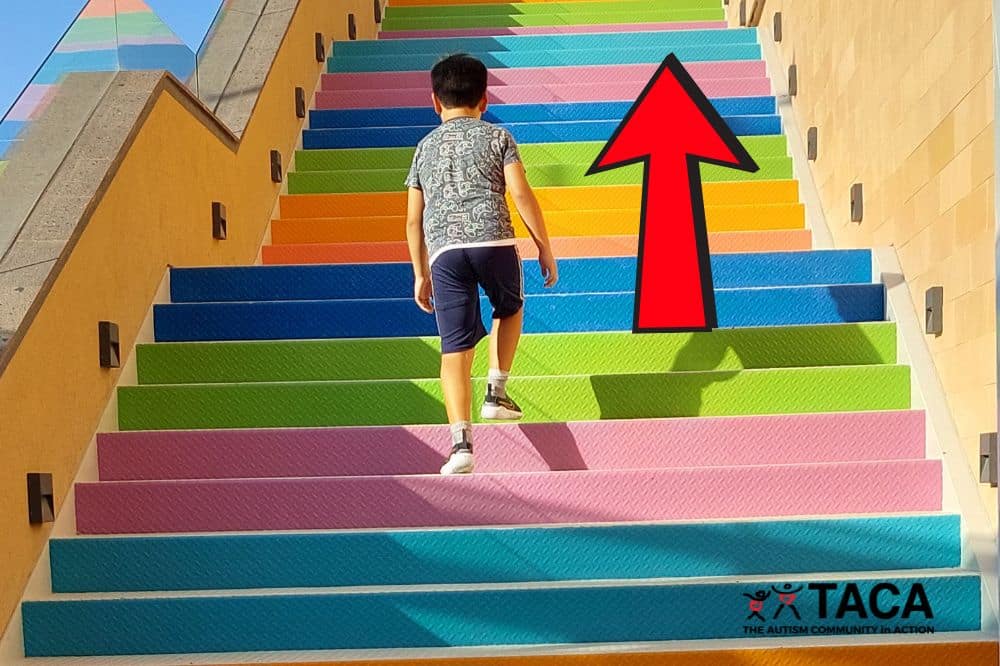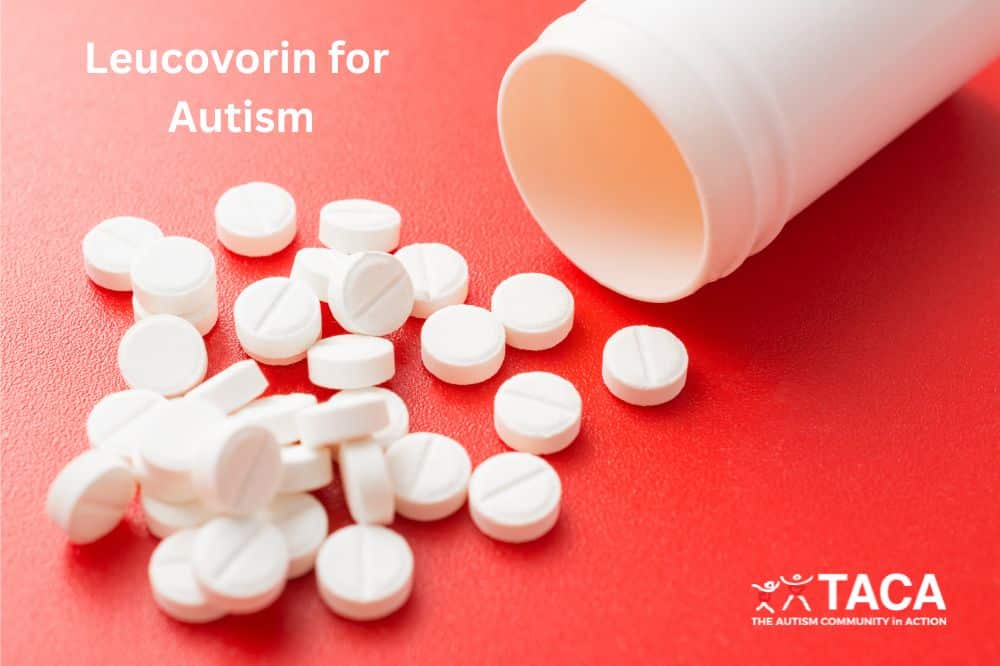Social Security

All contents of this resource were created for informational purposes only and are not intended to be a substitute for professional advice, diagnosis, or treatment. Always seek the advice of your physician, therapist, or other qualified health providers with any questions or concerns you may have.
Supplemental Security Income (SSI) and Social Security Disability (SSDI) are crucial government assistance programs that provide financial support to individuals with disabilities. These programs have distinct differences in eligibility criteria, application processes, benefits, and restrictions. Additionally, Supplemental Security Income for children with disabilities (under age 18) is another essential component to consider.
In this article, we discuss:
- The difference between SSI and SSDI
- SSI for children under 18
- Which program to apply for
- Application process
- Benefits and restrictions
- Essential information for applicants

SSI vs. SSDI: Understanding the Difference
The Social Security Administration (SSA) administers both SSI and SSDI, but they serve different purposes and target distinct groups.
Supplemental Security Income (SSI)
- SSI is a needs-based program that aims to provide financial assistance to individuals with limited income and resources.
- Eligibility for SSI is determined by financial need and the severity of the disability, regardless of work history.
- Monthly benefit amounts are set by the federal government and can be supplemented by states.
- Eligibility for SSI often includes non-medical factors such as income, assets, and living arrangements.
- Learn more about SSI at the Social Security Administration website.
Social Security Disability (SSDI)
- SSDI is an insurance program that offers financial assistance to individuals who have paid into the Social Security system through employment and have a qualifying disability.
- Eligibility for SSDI is based on the individual’s work history and the severity of the disability.
- The Social Security Administration calculates monthly benefit amounts based on the individual’s earnings history and may adjust them over time.
- Eligibility for SSDI is dependent on meeting specific work credit requirements.
- Learn more about SSDI at the Social Security Administration website.
Supplemental Security Income (SSI) for Children Under 18 with Disabilities
Supplemental Security Income for children with disabilities is a program that provides financial support to children under the age of 18 who have disabilities. Key points to note about this program include:
- Children must meet the Social Security Administration’s definition of disability and have limited income and resources.
- Parent income will be considered.
- Medical and non-medical factors are considered when determining eligibility.
- Financial support helps cover basic needs and medical expenses.
- The Social Security Administration will need to re-evaluate a child’s eligibility for Social Security Income (SSI) when they turn 18.
- Another key point is that even if a child was not eligible before their 18th birthday, they may qualify for SSI after age 18.
- Consequently, it is important for families to help their child apply for SSI after their 18th birthday.
Which Program Should a Person with Autism Apply For?
Individuals with autism over 18 years old may be eligible for both SSI and SSDI, depending on their specific circumstances. If a person with autism has a limited work history and has not paid into the Social Security system, they would likely apply for SSI. Conversely, if the individual has a work history and has contributed to the Social Security system through payroll taxes, they would typically apply for SSDI.

Application Process
To apply for SSI or SSDI individuals can follow these general steps:
SSI Application Process
- Contact the Social Security Administration (SSA) either online, by phone, or by visiting a local Social Security office to initiate the application process.
- Complete the necessary forms and provide required documentation, such as birth certificate, Social Security number, medical records, and financial information.
- Attend an interview, either in-person or by phone, to provide additional information and clarify any details.
- Await a decision from the Social Security Administration regarding eligibility and benefit amounts.
SSDI Application Process
- Similar to applying for SSI, contact the SSA either online, by phone, or visit your local office to begin the application process.
- Subsequently, fill out the necessary forms, providing detailed information about work history, medical conditions, and relevant documentation.
- Submit medical records, employment records, and any other supporting documents.
- Await a decision from the SSA regarding eligibility and benefit amounts.
Supplemental Security Income for Children with Disabilities Application Process
- Begin by contacting the Social Security Administration office (online, by phone, or local office)to initiate the application.
- Complete the necessary forms, providing information about the child’s disability, medical records, and financial information.
- Submit any supporting documentation required by the Social Security Administration.
- Await a decision from the Social Security Administration regarding eligibility and benefit amounts.
Benefits and Restrictions
SSI Benefits
- Monthly cash benefits to help cover basic living expenses.
- Medicaid eligibility, providing access to essential healthcare services.
- Supplemental Nutrition Assistance Program (SNAP) eligibility for additional food assistance.
- Housing assistance programs, such as Section 8 vouchers.
SSDI Benefits
- Monthly cash benefits based on the individual’s prior earnings history.
- Medicare eligibility after a waiting period of 24 months from the date of SSDI entitlement.
- Access to vocational rehabilitation services to aid in returning to work if feasible.
Benefits of Supplemental Security Income for Children with Disabilities
- Monthly cash benefits to support the child’s basic needs and medical expenses.
- Medicaid eligibility for essential healthcare services.
- Access to other assistance programs, such as Supplemental Nutrition Assistance Program (SNAP) and state-specific benefits.
Restrictions
- Both SSI and SSDI have income and resource limits that can affect eligibility.
- Currently, individuals are limited to having $2000 in assets.
- SSI benefits may be adjusted if there are changes in living arrangements or an increase in income or resources.
- For SSDI, engaging in substantial gainful activity (SGA), generally earning above a specific threshold, can impact eligibility.
Essential Information for Applicants
Individuals applying for SSI, SSDI, or SSI for children should consider the following key points:
- Gather all necessary documents, including medical records, employment history, and financial information, to support the application.
- Keep copies of all submitted paperwork for personal records.
- Be prepared for a potential denial initially, as many applications are denied at first, but applicants have the right to appeal.
- Above all, seek assistance from professionals or advocates experienced in the application process to ensure all requirements are met.
Conclusion
In summary, understanding the differences between SSI and SSDI is essential for individuals with disabilities and their families who require financial assistance. Additionally, Supplemental Security Income for children with disabilities provides vital support for children under the age of 18. By familiarizing themselves with the eligibility criteria, application processes, benefits, and key information of these programs, individuals can navigate the system more effectively and secure the necessary support for a better quality of life.




